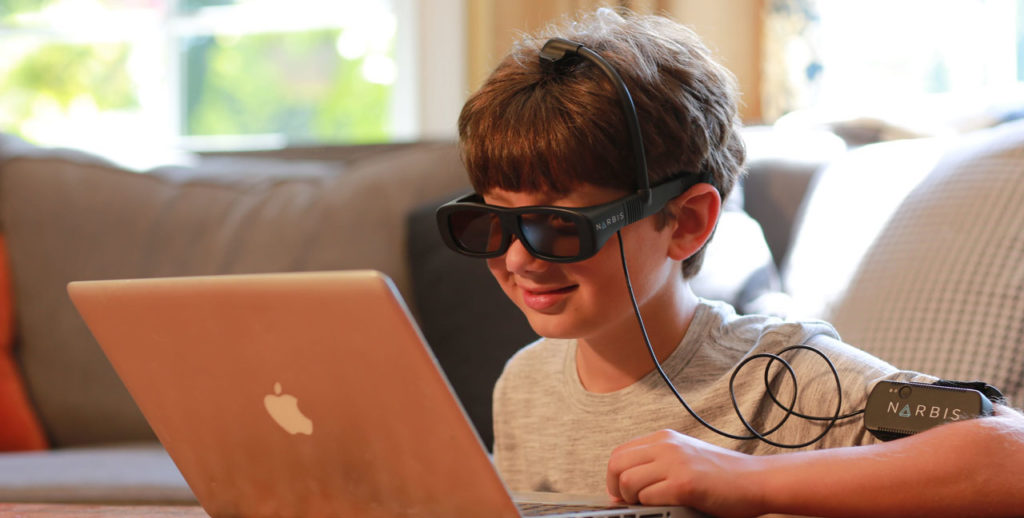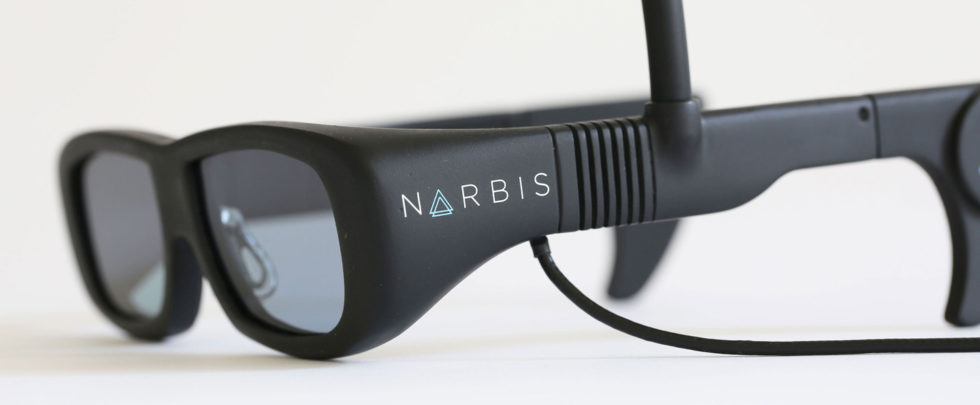Your workplace Slack is broadcasting alerts to your smartwatch with lightning speed: if it’s not about stomping out the latest client fire, it’s of the latest meme flying around your company’s now-virtual break room. As you go off to mute your smartwatch alerts, you then realize that your daughter’s remote science lab was supposed to have started 15 minutes ago and she’s inherited your sense of timeliness. All the while, your toddler has run off to be, well, a toddler.
While this scenario would be harrowing for any parent looking to maintain some semblance of work-life balance, when that parent has an attention disorder such as ADHD, striving to achieve normalcy during this time of social distancing is all the more difficult. In any event, if this scene sounds familiar, you’re not alone. And there are ways not just to cope—but to make your brain’s quirks work to your benefit.
Tip 1: Be open about your struggles. People will be more understanding than you might expect.

Just as managers tend to be understanding about parenting duties, including alternative work schedules, be candid about your attention disorder. Your company can work with you to help create ways of working that accommodate your learning style. Jess Harris, a marketing consultant and podcaster who has ADHD, told Forbes that she finds that being “out” about her attention disorder with her boss and coworkers helps relieve her anxiety; in turn, aiding her productivity. “I tell my bosses and those I work with that I need the anchor of dates and deadlines because my brain cannot deal with abstract,” she says. Something she, as well as other experts, recommend in managing ADHD in the workplace: having key deadlines in place. Setting dates for key benchmarks gives shape to and organizes timelines, making workflows a concrete process, rather than something intangible.
Tip 2: Tap into your ADHD caveman superpower of hyperfocus.

The hunter vs. farmer hypothesis, an idea that psychotherapist-turned radio personality Thom Hartmann has proposed, suggests that the symptoms of ADHD are a holdover from the days when people had to run for miles to chase down food, rather than spend time on and off tending the crops. Moreover, the worry of having to fend off, say, saber-toothed tigers meant that distractibility was an advantage rather than a millstone. Researchers have since conducted studies to this effect, including a team from Northwestern University that in 2008 went to Kenya for genetic analysis. While research doesn’t quite dictate that everyone with ADHD become javelin throwers and go on the paleo diet, it’s true that one positive trait of attention disorders is the unfettered hyperfocus on a project or topic of particular interest. Granted, not every task required of your job is going to be all-engrossing. Tools like those based on neurofeedback can help you become aware of when you get distracted, helping you to hone your sense of focus to all tasks.
Tip 3: Use tools to help calm the mind.

A calm mind is a more productive mind. Anxiety will only dampen focus, rather than help solve whatever is causing the latest worry. To this end, adults juggling home life with ADHD should tap into tools that will help inspire peace and focus. Meditation apps can provide a five-minute break to breathe and focus on what matters. Similarly, tools such as Narbis neurofeedback glasses can help focus attention back on the task at hand. Worn for some 15 minutes a day, three times a week, the lenses gently darken when the glasses detect the wearer is getting distracted. “The glasses help harness creativity and hyperfocus,” says Devon Greco, Narbis founder and CEO. “They’re not trying to eliminate neurodiversity. Rather, they’re a tool to help control it.”
Conclusion
Getting through your to-do list can be daunting enough; pushing through parenting while doing outside work adds a whole other dimension. Take strength knowing that the creativity and energy lies within you to get things done. Unleash that inner cavewoman. But maybe don’t throw a spear at your computer. There are modern tools to help guide your concentration and steer your hunt towards attacking that pivot table or PowerPoint presentation.

